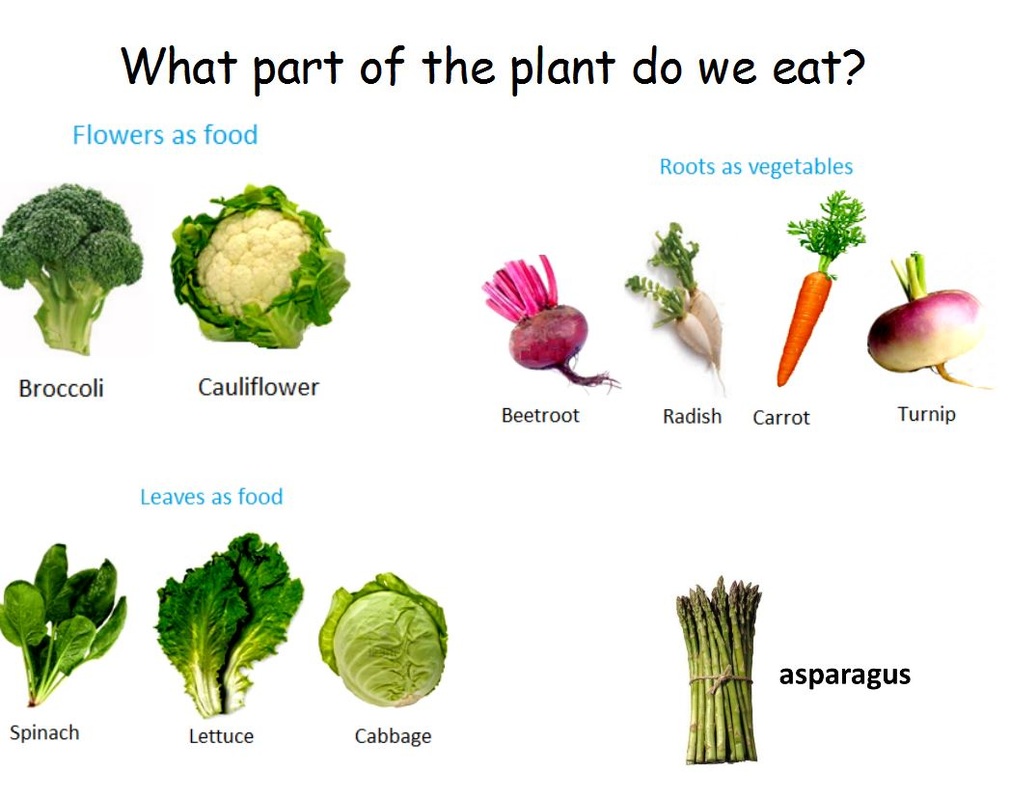Of the 300 000 different varieties of edible plants on earth today we eat only 200 kinds globally

The Variety of Edible Plants on Earth: Exploring the Limited Scope of Our Diets

When it comes to the food we consume, it might be surprising to learn that despite a staggering 300,000 different varieties of edible plants that exist on Earth today, we tend to rely on only a mere fraction of that number. Globally, we consume around 200 kinds of edible plants, leaving us with a remarkably limited diet in comparison to the vast array of options nature has to offer.
Our inclination toward this limited selection of edible plants can be attributed to various factors, including cultural influences, agricultural practices, and personal preferences. Throughout history, certain plants have emerged as staple food sources, while others have been largely overlooked or forgotten. This has led to a significant reduction in the plant diversity within our diets.
One reason for our restricted food choices is the prevalence of monocultures in modern agriculture. Monocultures involve the cultivation of a single crop species over a large area, which provides efficiency and convenience for farmers. However, this practice has led to the dominance of a few crop species, such as wheat, rice, and corn, at the expense of countless other varieties. As a result, we have become heavily reliant on these staple crops, thus limiting our exposure to a wider array of edible plants.
Cultural influences also play a significant role in shaping our dietary preferences. Traditional recipes and cultural practices are passed down through generations, reinforcing the consumption of specific foods within a particular community. Moreover, globalization has led to the spread of certain cuisines and food preferences worldwide, further narrowing our choices. This cultural bias toward a select few plants not only limits our gastronomic experiences but also impacts the agricultural biodiversity of our planet.

In addition to cultural and agricultural factors, personal preferences and familiarity also contribute to our limited diets. Humans tend to gravitate towards foods they are familiar with, as the fear of unfamiliar flavors and textures can be a deterrent. Consequently, many unique and nutritious plants are overlooked and underutilized, preventing us from reaping the health benefits they offer.
Despite the scarcity of plant diversity in our diets, there is a growing movement towards embracing a wider range of edible plants. People are exploring alternative food sources, including ancient grains, indigenous crops, and forageable wild plants. This shift not only promotes biodiversity but also encourages the preservation of traditional knowledge and sustainable farming practices.
To truly appreciate the full spectrum of edible plants available to us, it is crucial to adopt a more adventurous mindset when it comes to food. Exploring new ingredients and experimenting with diverse recipes can expand our culinary horizons while simultaneously supporting the conservation of plant biodiversity. By recognizing the value of the remaining 299,800 unexplored edible plants, we can unlock a world of flavors, nutrition, and sustainability.
Source: The Nature of Crops: Why Do We Eat So Few of the Edible Plants?
Related Posts
Quick Links
Legal Stuff

